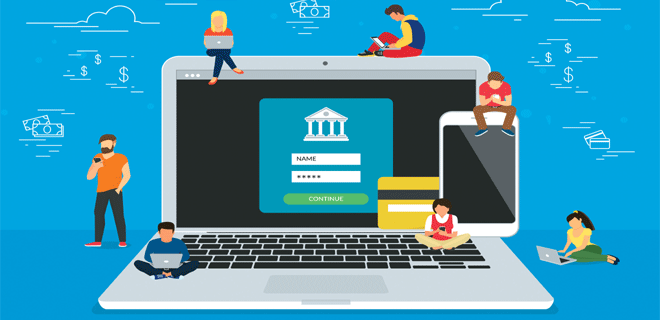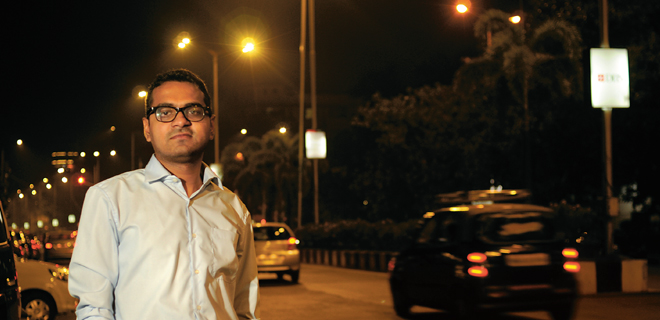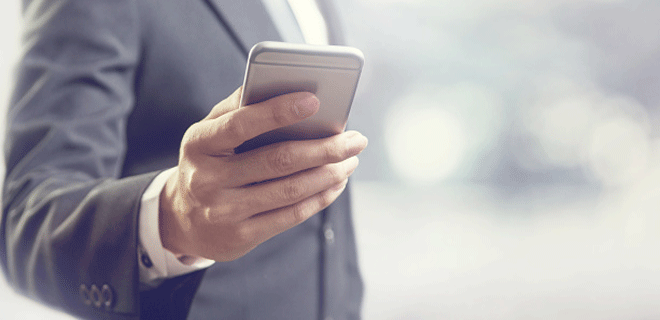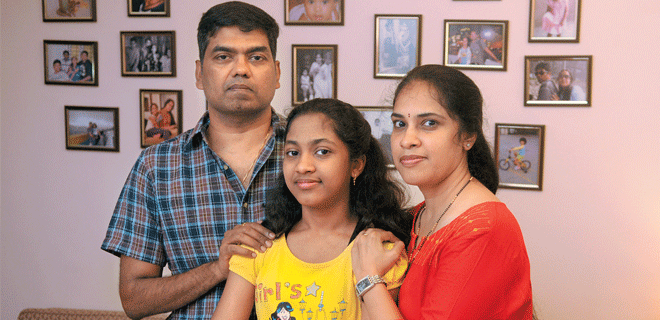Cash is Passé
The mobile friendly generation is finding little use of cash in hand and is using digital money as much as possible

A typical week for 35-year-old Kolkata-based travel consultant Debolina Banerjee goes something like this—she surfs the net, manages to pay household utility bills and gets to shop online. “I do all of these activities from home, using my smartphone and laptop,” she says with a grin. She uses Paytm and FreeCharge for paying utility bills, buying movie tickets and to buy grocery and items of daily requirements. “I also book tickets and use Uber and pay for it all through digital wallets,” she adds. She keeps minimal money in her purse and feels that digital money has made handling cash a breeze.
Banerjee is an early adopter of digital money. “I have used net banking facilities for fund transfer for years now. Receiving and paying money has become so much easier with digital money. I also help my aged parents with payments and online shopping,” she adds. Like her, many others are shifting towards digital payments, as it can be done using a smartphone.
Less cash, more convenience
November 2016’s demonetisation hastened digital transactions and today, most people have at some point or the other used some form of digital payment. To encourage greater digital transactions, the government has clearly mandated through regulations and initiatives, its desire to push for a less cash economy. So, we have key enablers in Aadhaar, UPI, Bharat QR code and BHIM, which is taking the digital route from the big cities to small villages.
“Unlike a bank account, a customer can simply download a wallet app and start using it without a full KYC process. The factors that will drive leaders in the wallet space would be availability of a large customer base and a large merchant ecosystem so that customer can enjoy a seamless use of the wallet for all her requirements, “says Kunal Pande, partner - IT, KPMG in India.
Over the past nine months, wallets like Paytm and MobiKwik have become synonymous with digital money. Once downloaded and loaded with money, these become an alternate to cards and cash. Their popularity has increased because of the mass awareness created about them and a wide acceptance of these modes of money transfer from the kirana shop to the autorickshaw driver. This shift is a far cry from the cardbased transactions, which depended on the availability of a card swiping machine to find greater acceptance.
“I do not remember the last time I used the cash or the card,” says 30-year-old Pooja Rohit Gupta, a freelance consultant based out of New Delhi. Gupta uses wallets like Paytm for shopping at local stores, paying her postpaid mobile bill, ordering cakes and groceries to be delivered to her home or elsewhere, buying medicines and also for booking movie tickets, paying for Uber and ordering food from Zomato. “The wide acceptance has also meant that I don’t really see any need to carry cash. I just keep about `500 in my wallet for emergencies,” she confides.
Digital enablers
A lot of credit to shift the physical money use to digital money goes to several new innovations. Digital transactions provide for a seamless transfer of money from anywhere to anywhere. It is now possible to transfer money from even feature phones, as it is not necessary to have a smartphone to make these transactions. “Transactions on UPI are growing consistently due to increased acceptance among member banks, merchants and consumers. Usage of UPI powered BHIM App (Bharat Interface for Money) has also been a significant contributor,” says A.P. Hota, MD and CEO, National Payments Corporation of India (NPCI), an umbrella organisation for all retail payments system in India.
The ecosystem is rapidly changing to accommodate newer forms of transactions and for all kinds of phone systems. Now, Bharat QR, an integrated payment system has been integrated with UPI as a part of upcoming BHIM version to facilitate higher acceptance. BHIM Aadhaar-Aadhaar Enabled Payment System (AePS) which requires Aadhaar authentication for making payments is finding many takers in the hinterland. “We have also launched UPI payment at POS terminals in association with Reliance retail stores and few are in the pipeline,” adds Hota.
Not all players are new or fintech because banks have also made fast inroads into offering digital payments options too other than their net banking, mobile banking and app-based banking facilities. “Introduction of virtual cards to enable unified payments on e-commerce and m-commerce sites have provided us with an edge over other players in the market,” says Ritesh Pai, chief digital officer, YES BANK. The linking of bank account to wallets, cards and UPI, makes them very powerful and useful compared to standalone wallets.
“Given the changing customer preferences and lifestyle, we understand the need to build more value for customers. Keeping this in mind, we reimagined the shopping and payment experience with ‘mobile store’ on our mobile banking app, where customers can seamlessly buy flight and bus tickets, reserve hotel rooms via Goibibo, book movies tickets at PVR and shop on Flipkart and other shopping portals within the app itself,” says Deepak Sharma, chief digital officer, Kotak Mahindra Bank.
Other benefits
The cashback and loyalty points associated with payments have found similar options even with digital money. “I get cash backs on several purchases and they all add up,” says Gupta. The savings are instant in these transactions. “Since the launch of our loyalty rewards, we have seen growth in transactions and improvement in customer retention,” says Vineet Singh, chief business officer, MobiKwik.
“Digital payments will be simpler with widespread penetration of smartphones and make biometrics, tokenisation and Internet of Things (IOT) play a big role in the way we transact,” says Alpesh Shah, senior partner, The Boston Consulting Group.
Likewise, the setting up of payment banks with strong telecom linkages leaves a lot to the imagination on what could come in the future. For consumers, nothing could give a high as much as the power to tap a few icons and keys and have full control over their financial lives. However, concerns over security exist with more digital form of monetary transactions. Interestingly, fintech company ToneTag uses sound waves to enable offline, proximity communication and contactless payments on any device.
“A customer can have his account in any bank and use their respective mobile application or choose a service provider application of his liking and still make sound based payments from them,” says Kumar Abhishek, founder and CEO, ToneTag. If the 1990s generation believed money came from ATMs, the current crop of digital natives are in all probability going to believe that money is stored in the smartphone.









